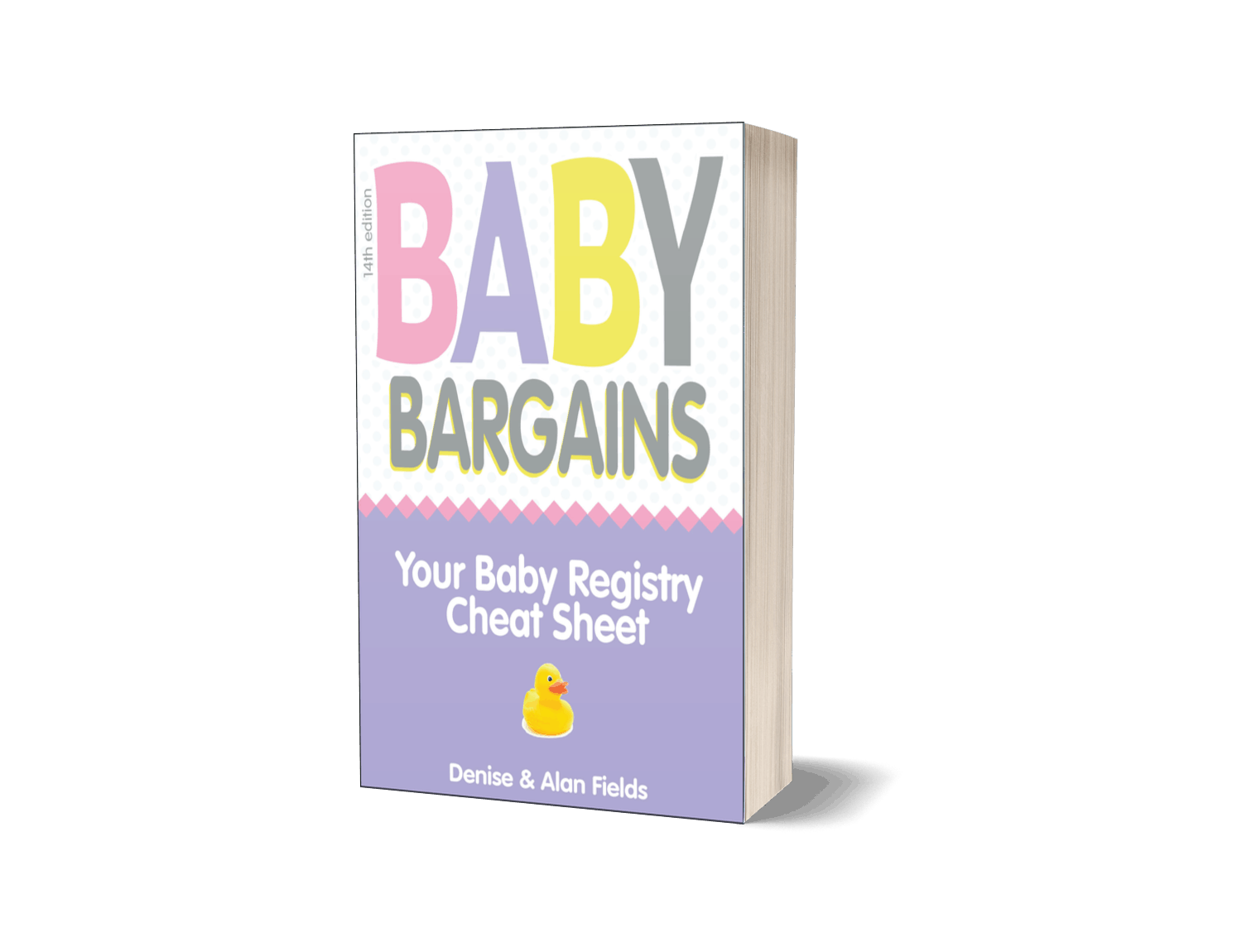A week after a study in the journal Pediatrics publicly lambasted the Juvenile Products Manufacturers Association for misleading the public about crib bumper safety, the JPMA has posted a response on their web site.
Drum roll . . . the JPMA says the Pediatrics article "may contain inaccurate conclusions and data."
No, we’re not making that up—the best defense the JPMA can mount is a weak assertion that some of the data may been "inaccurate" and then a rehashed statement on how safe crib bumpers are.
The closest the JPMA comes to backing up its claim is a quote from an unnamed CPSC staffer who says:
…In 21 cases the association of bedding with the deaths appeared to be incidental and that other mitigating factors or products were more likely to have contributed to the deaths. In 38 cases the available information was minimal……We believe the research is incomplete and does not take into consideration adult bedding. The data does not support issues with traditional "non pillow like" bumpers.
Huh? The JPMA appears to be using a hapless CPSC to explain away the allegation—but that ignores the fact that it was the JPMA who did an "internal analysis" of CPSC data in the first place.
And it was the JPMA who trumpeted the fact that their own in-house analysis found no deaths associated with crib bumpers. While the JPMA started backing away from those statements almost immediately after being questioned by the media, it still appears to be living in a state of denial.
While it may be foolish to expect anything more than spin from the JPMA, the association owes the public a detailed explanation as to what happened with its "analysis" of crib bumper safety. If the Pediatrics study is "inaccurate," then show us exactly what was wrong with it—case by case. And if the JPMA made a mistake and mislead the public about what happened with the deaths of infants due to crib bumpers, then the JPMA should apologize . . . and be held accountable.
Here’s our take on the bumper issue: as we have stated in our book, we think bumpers are completely OPTIONAL and their value is questionable. We agree with the Pediatrics study ‘s conclusion: the small benefit of bumpers (baby doesn’t bump their head on the crib sides) is outweighed by the risk of suffocation or injury.

 We obsess over gear for families . . . so you don't have to. Baby Bargains has one mission: help you find the best gear for your family and home with unbiased reviews by experts with 20 years of experience. At prices that don't break the bank. When you purchase a product from links on this site, we make a small affiliate commission. Learn more
We obsess over gear for families . . . so you don't have to. Baby Bargains has one mission: help you find the best gear for your family and home with unbiased reviews by experts with 20 years of experience. At prices that don't break the bank. When you purchase a product from links on this site, we make a small affiliate commission. Learn more 

So, sorry, what’s YOUR final recommendation – bumpers or no bumpers? I read through your old posts and couldn’t tell. Thanks!
So, sorry, what’s YOUR final recommendation – bumpers or no bumpers? I read through your old posts and couldn’t tell. Thanks!
Dear Mr. Fields,
You have inaccurately characterized the matter regarding bumper pads in your recent blog, “JPMA on bumper study: perhaps inaccurate?”
The “internal analysis” of CPSC data that you refer to was NOT performed by JPMA. In fact, Dr. Suad Wanna-Nakamura of the CPSC Health Science Staff provided the analysis as you can see in the attached correspondence (sent to you via separate E-mail). It’s erroneous to characterize our comments as being based upon our “own in-house analysis” of this data.
Anyone who is intimately involved and an active participant in the ASTM infant bedding subcommittee can verify that traditional bedding items specifically designed for cribs can be distinguished from adult bedding and pillow like products which should never be added to the crib.
As you can see from Dr. Wanna-Nakamura’s original analysis, in those insistences mentioned, there were other mitigating factors contributing to the deaths. The CPSC routinely performs an updated review of the data; we have been informed that Dr. Wanna-Nakamura has not found any compelling evidence to change her position.
You clearly evidence some bias in your reporting. We appreciate your effort to ensure that accurate information is disseminated. JPMA and its members are committed to the safety of our children and we request that you not misrepresent this important fact.
Sincerely,
Mike Dwyer, CAE
JPMA Executive Director
Dear Mr. Fields,
You have inaccurately characterized the matter regarding bumper pads in your recent blog, “JPMA on bumper study: perhaps inaccurate?”
The “internal analysis” of CPSC data that you refer to was NOT performed by JPMA. In fact, Dr. Suad Wanna-Nakamura of the CPSC Health Science Staff provided the analysis as you can see in the attached correspondence (sent to you via separate E-mail). It’s erroneous to characterize our comments as being based upon our “own in-house analysis” of this data.
Anyone who is intimately involved and an active participant in the ASTM infant bedding subcommittee can verify that traditional bedding items specifically designed for cribs can be distinguished from adult bedding and pillow like products which should never be added to the crib.
As you can see from Dr. Wanna-Nakamura’s original analysis, in those insistences mentioned, there were other mitigating factors contributing to the deaths. The CPSC routinely performs an updated review of the data; we have been informed that Dr. Wanna-Nakamura has not found any compelling evidence to change her position.
You clearly evidence some bias in your reporting. We appreciate your effort to ensure that accurate information is disseminated. JPMA and its members are committed to the safety of our children and we request that you not misrepresent this important fact.
Sincerely,
Mike Dwyer, CAE
JPMA Executive Director